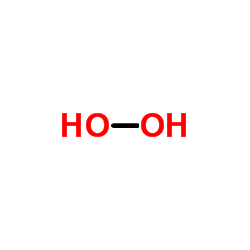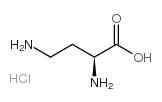| Structure | Name/CAS No. | Articles |
|---|---|---|
 |
Hydrogen peroxide
CAS:7722-84-1 |
|
 |
Methanol
CAS:67-56-1 |
|
 |
H-Dab.HCl
CAS:1482-98-0 |
|
 |
Nutlin-3a
CAS:675576-98-4 |
|
 |
(E/Z)-4-hydroxy Tamoxifen
CAS:68392-35-8 |